 The act of pistol reloading is an overlooked issue in most training, but it is true that shooters are killed due to dropping magazines, shaking hands, placing the magazine in backwards and placing empty magazines back into the pistol.
The act of pistol reloading is an overlooked issue in most training, but it is true that shooters are killed due to dropping magazines, shaking hands, placing the magazine in backwards and placing empty magazines back into the pistol.
The stress induced by a life-threatening situation causes shooters to do things that they would not otherwise do. Consistent and repeated training — properly performed — is needed to avoid such mistakes.
Here are four techniques to know and practice.
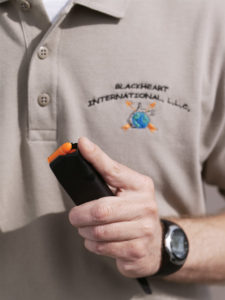
1. Develop a consistent method for carrying magazines in the ammunition pouches. All magazines should face down with the bullets facing forward and to the center of the body. Your pouches should properly secure your magazines during strenuous actions.
2. Never practice an administrative reload. On the initial load, perform a speed reload. Be slow and technically correct to begin with and speed will come, but it is critical to practice with proper technique so as not to practice bad habits into routine.
3. Know when to reload. When possible, perform the tactical reload; it is safer to reload with a round in the chamber to fire in an emergency. And you do not have to release the slide as when reloading from a slide lock. In a fight, reload when you can, not when you are forced to. Think tactically and ask yourself if you have the time and the opportunity to do it; if so, then perform a tactical reload.
4. Obtain the proper grip on the magazine to be loaded. This grip precludes the magazine being dropped or difficulty in placing the magazine into the pistol. Use the index finger to guide the magazine into the pistol. You must force yourself to shift focus momentarily to ensure you put the magazine into the magazine well correctly every time.
Practice these techniques under some type of stress. It may be through competitions, noise, after physical exercises—whatever gets your heart to pound—and you will then have to learn to calm yourself.
This article is an excerpt from the book Tactical Pistol Shooting, Your Guide to Tactics that Work, 2nd Edition.



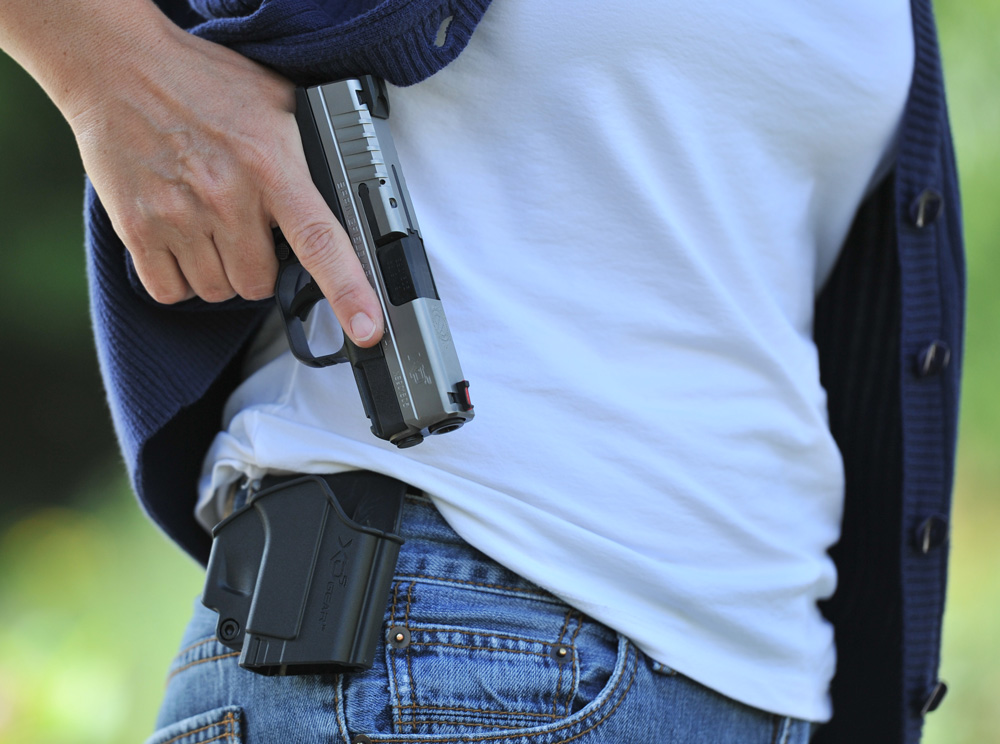
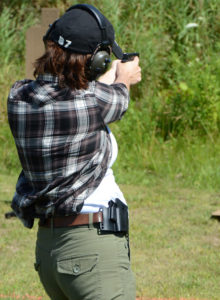

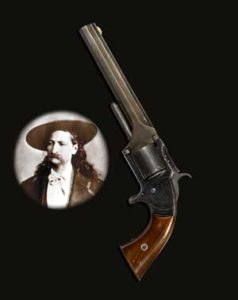

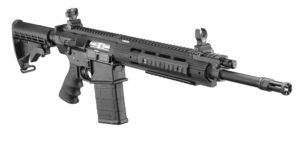






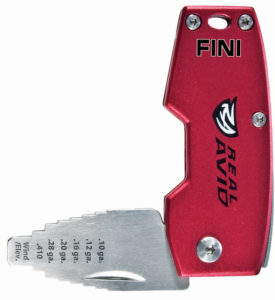

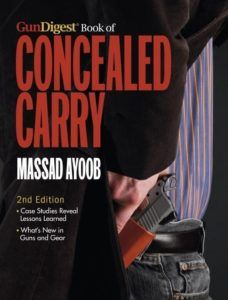
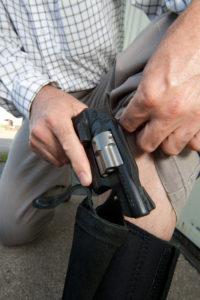
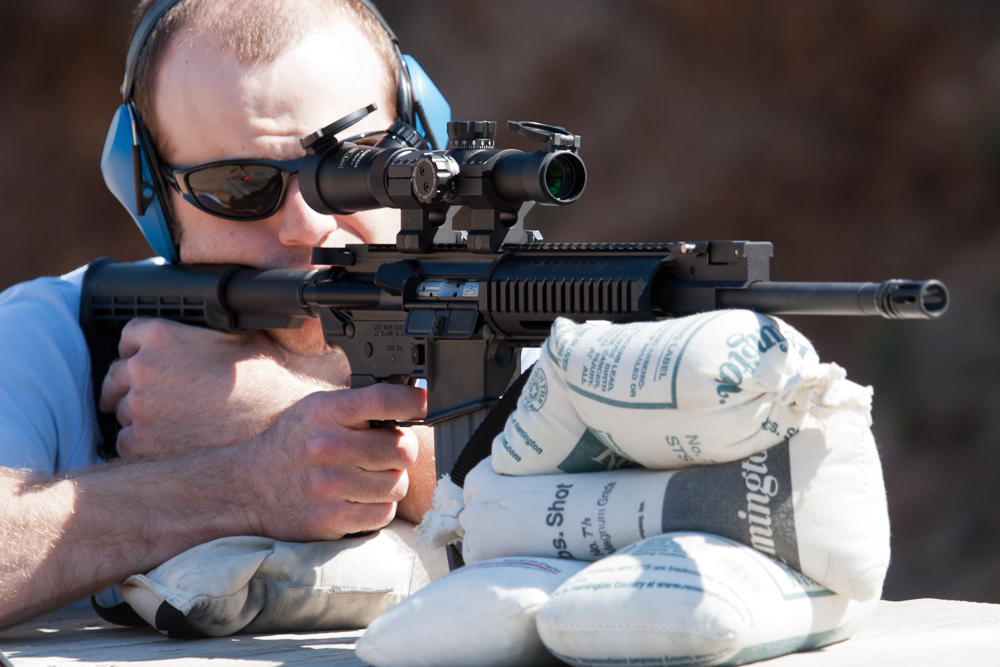
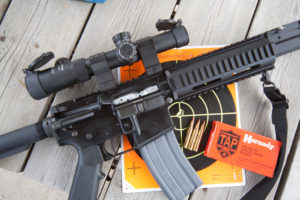
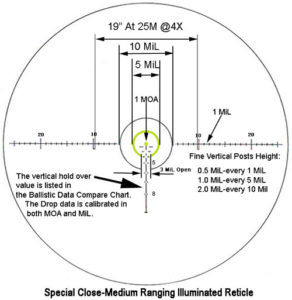
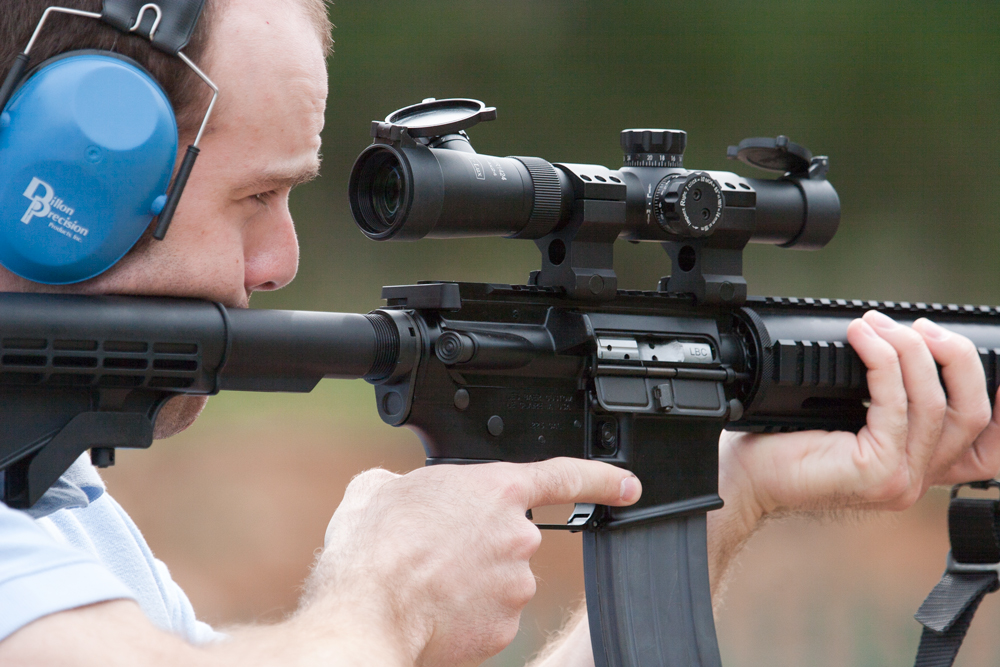
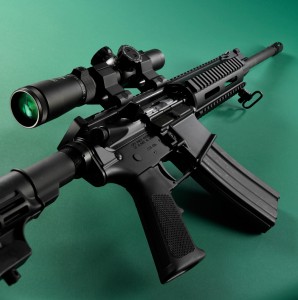

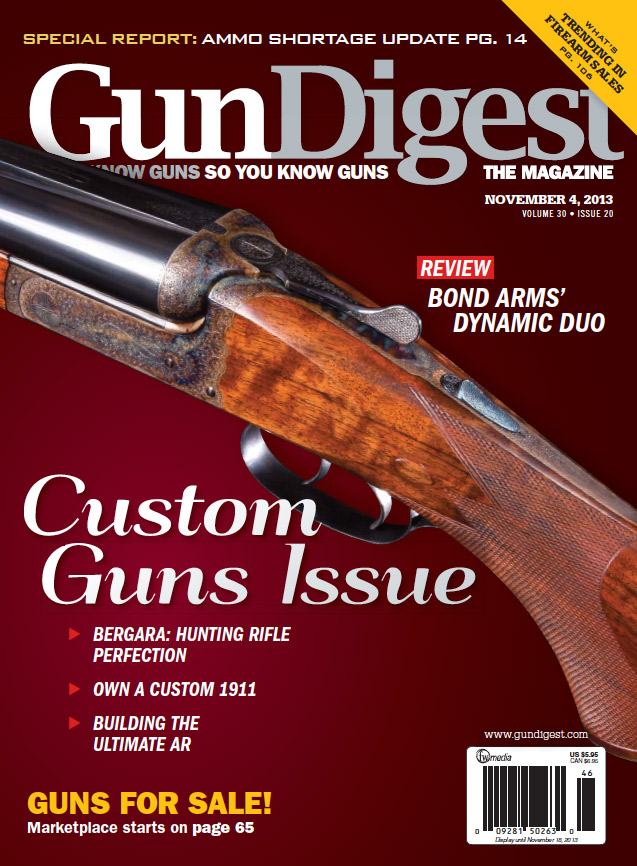
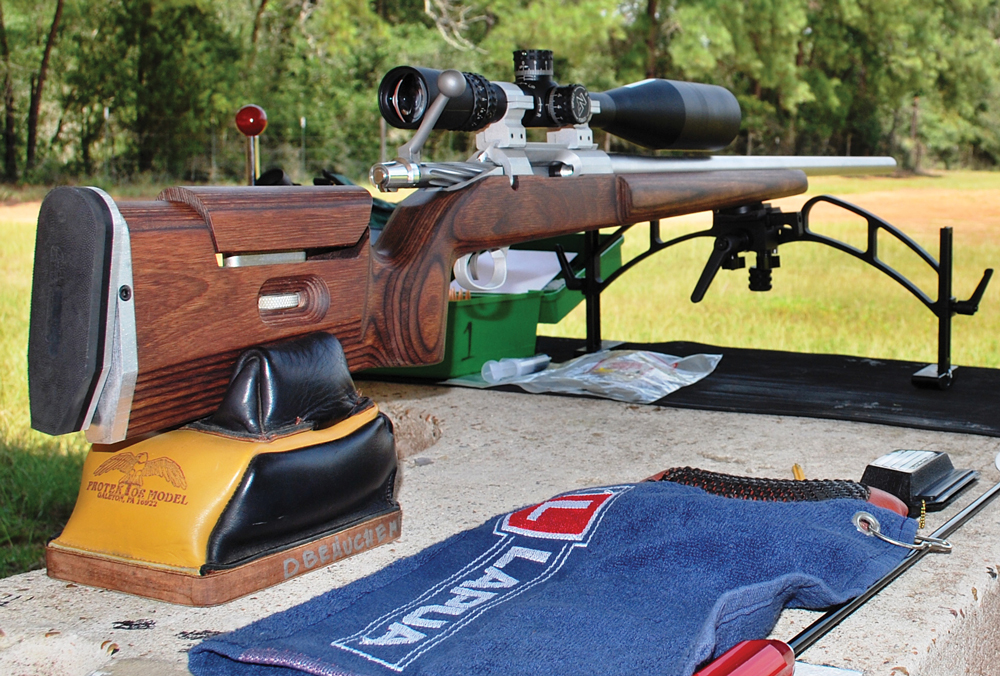


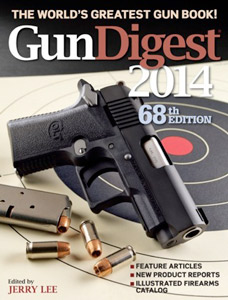
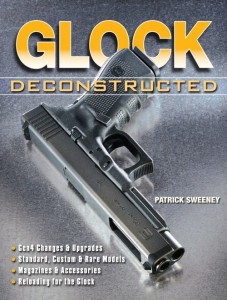
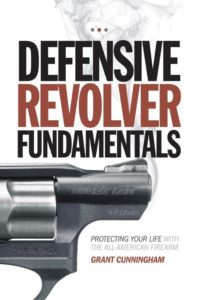

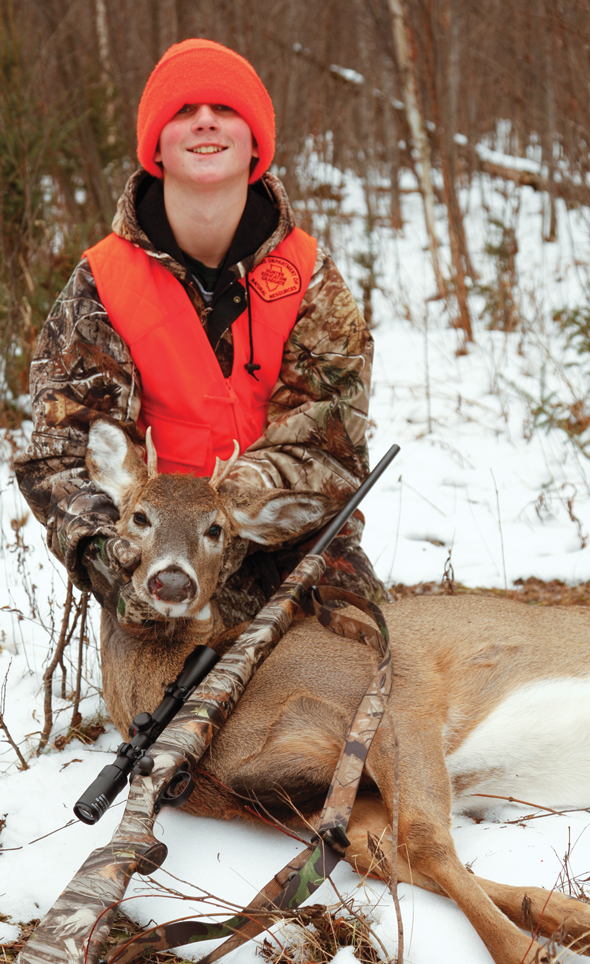
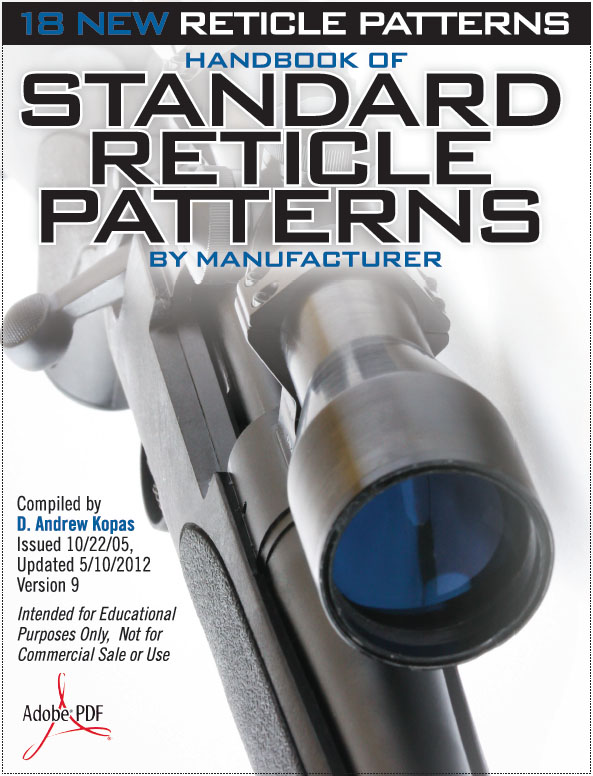 Exclusive for Gun Broker newsletter subscribers! Enter your e-mail in the box below for a free digital book of reticle patterns. You'll also receive e-newsletters from Gun Digest and partners full of more great information.
Exclusive for Gun Broker newsletter subscribers! Enter your e-mail in the box below for a free digital book of reticle patterns. You'll also receive e-newsletters from Gun Digest and partners full of more great information.
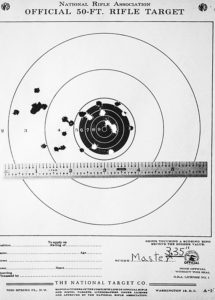

![Best Concealed Carry Guns In 2025 [Field Tested] Wilson Combat EDC X9S 1](https://gundigest.com/wp-content/uploads/Wilson-Combat-EDC-X9S-1-324x160.jpg)


![Best 9mm Carbine: Affordable PCCs [Tested] Ruger Carbine Shooting](https://gundigest.com/wp-content/uploads/Ruger-Carbine-Shooting-100x70.jpg)
![Best AR-15: Top Options Available Today [Field Tested] Harrington and Richardson PSA XM177E2 feature](https://gundigest.com/wp-content/uploads/Harrington-and-Richardson-PSA-XM177E2-feature-100x70.jpg)
